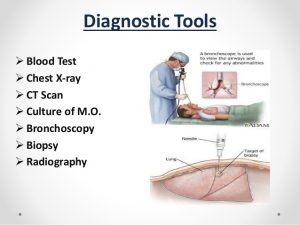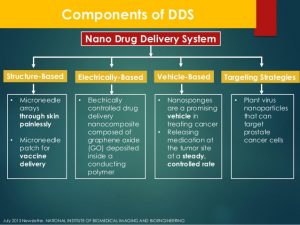Recent articles by Connolly1, Hamilton2 and Sussex3, published in HES, have been somewhat pessimistic about the impact that Payment by results (PbR) will have on the NHS and the suppliers of products and services’ Bob Dredge.
By Bob Dredge, senior fellow in financial management, Keele University
They imply that PbR will further destabilise the financial position of trusts, leading only to cost reduction measures which may compromise the development and provision of new technologies and treatments. There are logical arguments to suggest that this could happen. However there are equally strong arguments, and some international evidence, to suggest that it will not.
Some clarification of the design and intent of PbR is therefore needed to counter the pessimism. First, why was PbR introduced? As Dr Colin Connolly (Connolly Research Consultants) notes, it is a system where money follows the patient. It started in a small way in 2003, first wave foundation trusts took it on in 2004, and the rest of the NHS began full transition in 2005. And it is intended that some 80%+ of NHS spend will be made under the system by 2008.
It is a prospective payments system, following the model used in many other counties. It is not a new concept; although the scale and speed of the English roll out ‘ it is not being introduced in the same way in the rest of the UK ‘ is among the most ambitious.
Both Connolly and Jon Sussex (Office of Health Economics) focus on PbR as a driver for greater efficiency in the NHS. And anyone who sees the productivity trends can understand why the Government would want to achieve this. But more than this, it is a process that will provide a fair and transparent way of funding local services. Transparent in that all providers will be paid the same price for the same product’s (with the caveat of an additional, differential payment to allow for unavoidable geographical cost differences’ the market forces factor).
This price is set by the Department of Health (DoH), not negotiated locally, and is published for all to see. This means that the Government and the taxpayer are assured that inefficient providers are not protected by having their costs reimbursed, irrespective of relative efficiency. The system it replaces does exactly that. It allows for local negotiation of prices and means that a primary care trust (PCT) accepts the provider’s price. In terms of equity it means that no matter how elaborate the weighted capitation allocation formula to PCT’s is and there is much written and discussed on this not least by those PCTs with so-called under target allocations’ the fact that PCTs have been prepared to pay local providers 10, 15 or even 20% above the benchmark price for no service benefit has sparked little debate. In effect they have been depriving their populations of other services by supporting high cost hospitals.
This is why it is fair. But it will only be fair if the price the DoH sets is itself a fair one. Currently the price is based, indeed generally matches, the Reference Cost for each service. These have been collected by the DoH for ten years, and are submitted by each provider on the basis of a fully absorbed costing exercise. This exercise is expected to follow a well defined national costing protocol, and the results are subject to external audit. So the DoH should be able to place a fair degree of reliance on them.
Connolly argues: The current system is loaded with overheads and clinically non-specific. I would dispute this in detail, yet space only allows me to say that product’s that are costed, generally those within Health Care Resource Groups, are defined with significant input from clinicians. They follow established methodologies and reflect the outputs of a clinical service. They are currently being fundamentally re-designed, following revisions introduced for the early days of PbR. As for overheads, I am unaware of any enterprise that does not have them, and they need to be somehow absorbed. The most elegant and detailed costing methods will need to cover them. The point is the basis upon which they are allocated, and the way this then plays back through the price structure.
Under PbR everyone will have the same price; the challenge is to manage costs such that the total cost of activities all activitie’s is recovered through the fixed price. This means that some services will make a positive contribution, some not. Overall the mix of services delivered must cover their costs. This is why, as Sussex and Louise Hamilton (Siemens Financial Services) point out, a focus on cost structures and opportunities to reduce total delivery costs is essential to survival under PbR. This is also where innovation and opportunities for moving and reducing costs outside of the conventional hospital setting will become important. The PCT will now save the full costs of patients not seen in hospitals, and there are processes in the PbR system that allow for the tariff to be shared with non hospital providers if the overall care pattern and pathway needs to be changed to deliver a better, more cost-effective service.
So the NHS will be more interested in examining how technology can improve the overall cost of treatment, in a holistic way, rather than in simple cost paring at the margin.



